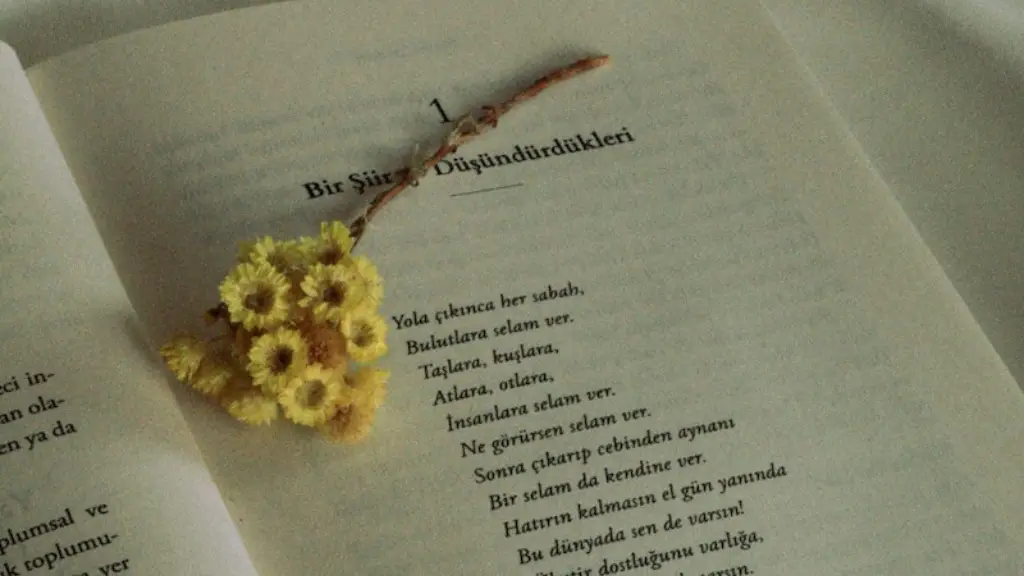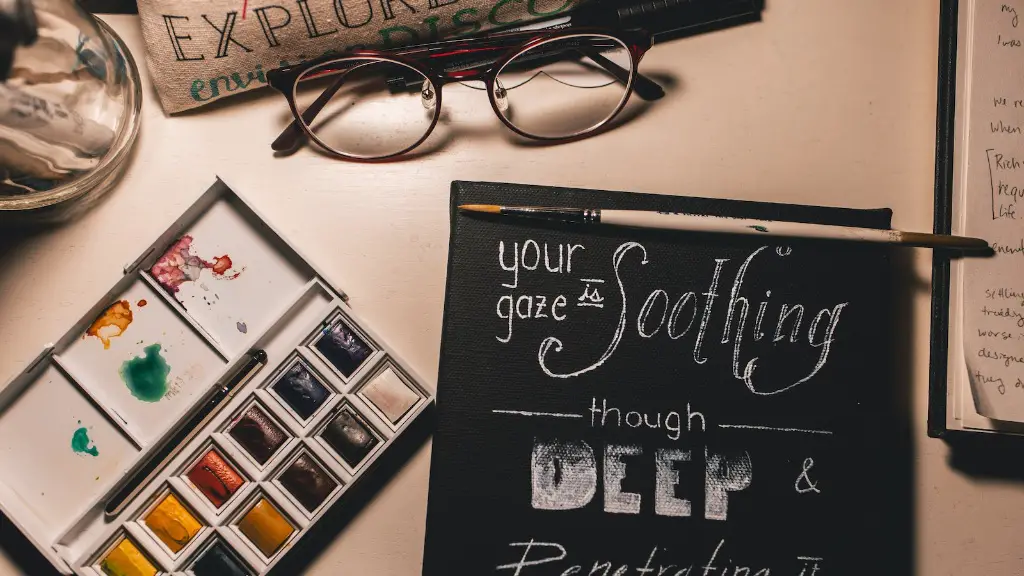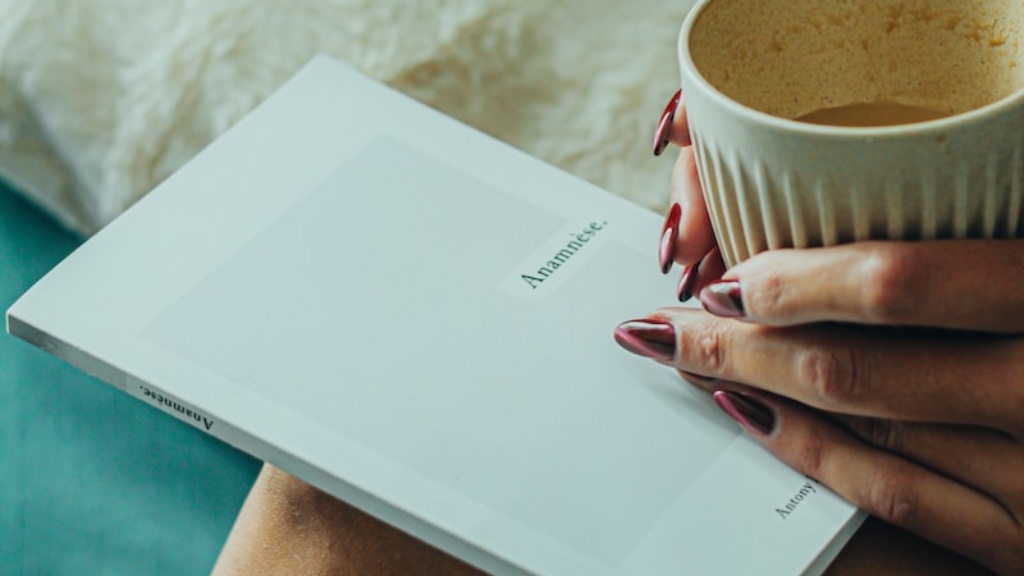Introduction
The concept of a paradox can be best explained by looking at the origin of the word itself. The term paradox comes from the Ancient Greek words like ‘pará’ meaning ‘beyond’ and ‘doxa’ which translates as an opinion or belief. In its basic form, a paradox is a sentence or phrase that contains ideas that appear to be incompatible, but when thought about deeply, can often give rise to a new understanding of the world and reality. In poetry, a paradox occurs when the words and images used to present an idea seem to conflict or be in opposition to one another. A paradox in poetry can also be used to express a deeper, underlying meaning through the use of irony or sarcasm.
What Is a Paradox in Poetry?
A paradox in poetry is when the author presents an idea or concept that appears to be contradictory yet ultimately reveals a truth. This can be in the form of an oxymoron, which are two words that appear to contradict one another but ultimately express a truth. For example, the phrase “living death”expresses the idea of a life being drained of life and vitality. Similarly, a paradox in poetry can also take the form of a phrase or sentence that describes something that appears to be contradictory, but ultimately reveals an underlying truth.
For example, in Jule Curtis Rostand’s poem “The Paradox”, there is a line that reads “I leave you; and still I stay” This expresses the idea that the speaker is leaving, but at the same time, some part of them always stays with the person they are leaving. This expresses the idea that even when we are apart, a part of us remains. Another example of a paradox in poetry is found in William Butler Yeats’ poem “The Second Coming”, in which the speaker says “The falcon cannot hear the falconer”. This expresses the idea that the speaker is losing control, and the bird is beyond their grasp.
The Role of Paradox in Poetry
Paradoxes have long been used by poets to express complex ideas in succinct phrases, adding depth and meaning to their works. Paradox can also be used as a technique to create suspense, surprise and intrigue in a poem. For example, in Emily Dickinson’s poem, “I felt a Funeral, in my Brain,” her use of the phrase “Slower than the rest” when describing her thoughts and feelings, creates an unexpected contrast between this line and the poem’s overall theme of the speaker’s mental acuity.
In addition, paradoxes can also be used to create an intentional contrast between two ideas or feelings. This contrast could be for comedic effect, to create irony, or to underscore a certain point that the author is trying to make. For example, in William Wordsworth’s 1815 poem “The World Is Too Much with Us”, he uses the phrase “for lack of ice”, to contrast his feelings of how isolated he feels when faced with the all too familiar sight of the world around him.
Using Paradox in Poetry Writing
When writing poetry, it is important to remember that paradox is a powerful tool that can be used to create surprise and intrigue in your work. To effectively use paradox, consider the contrast between two seemingly contradictory concepts and how they could potentially be used together to explore a deeper underlying meaning. For example, in W.B. Yeats’ poem “The Second Coming”, the contrast between “The falcon cannot hear the falconer” and “The darkness drops again” powerfully conveys the idea of uncertainty and confusion as the speaker contemplates the world around him.
Another important consideration is that when using paradox, it is important to ensure that your paradox does not simply become a statement of the obvious. While it is true that paradoxes can be used to express a deeper meaning, if the paradox used is too obvious it can detract from the overall impact. Consider the effect you are trying to create and tailor your paradox to that effect.
The Benefits of Understanding Paradox in Poetry
By recognizing the power of paradox and understanding how it can be used effectively in poetry, readers can gain a deeper appreciation and understanding of the text. A good example of this can be seen in Ludwig van Beethoven’s “Ode to Joy”, in which the seemingly conflicting concepts of joy and sorrow are used in unison to express a deeper sentiment. Similarly, by understanding how paradox is used in poetry, readers can gain a greater appreciation for the poetic craft and gain a better understanding of the poet’s message.
Exploring Different Forms of Paradox
In addition to exploring the use of paradox in poetry, it is also important to consider other types of paradoxical concepts. For example, a concept that appears to be contradictory but is ultimately just as real, such as the concept of free will and determinism, can be explored and examined within the framework of a poem or story. Similarly, paradoxes that explore the idea of cause and effect, or the idea that something can be both a blessing and a curse can also be explored within a poetic context. In exploring these ideas, readers can gain a greater appreciation for the complexity and beauty of the world around them.
Paradox as a Vehicle for Expression
Ultimately, paradox is a powerful form of expression that can be used to explore complex ideas, evoke emotion, and create new understanding. Whether it is used to explore a concept of free will and determinism or to convey the idea of joy and sorrow at the same time, paradox can be a powerful tool for a poet. By recognizing the power of paradox and understanding its role in poetry, readers can gain a greater appreciation for the art form and be better equipped to discern the underlying meaning of the poem.
Conclusion
Paradox can be a powerful tool for those who understand its potential and are equipped to recognize its use in the poetry they read. It is a tool that can be used to explore complex ideas, evoke emotion and create new understanding. By exploring and understanding this powerful tool, readers can gain a greater appreciation for the beauty and meaning of poetry.


